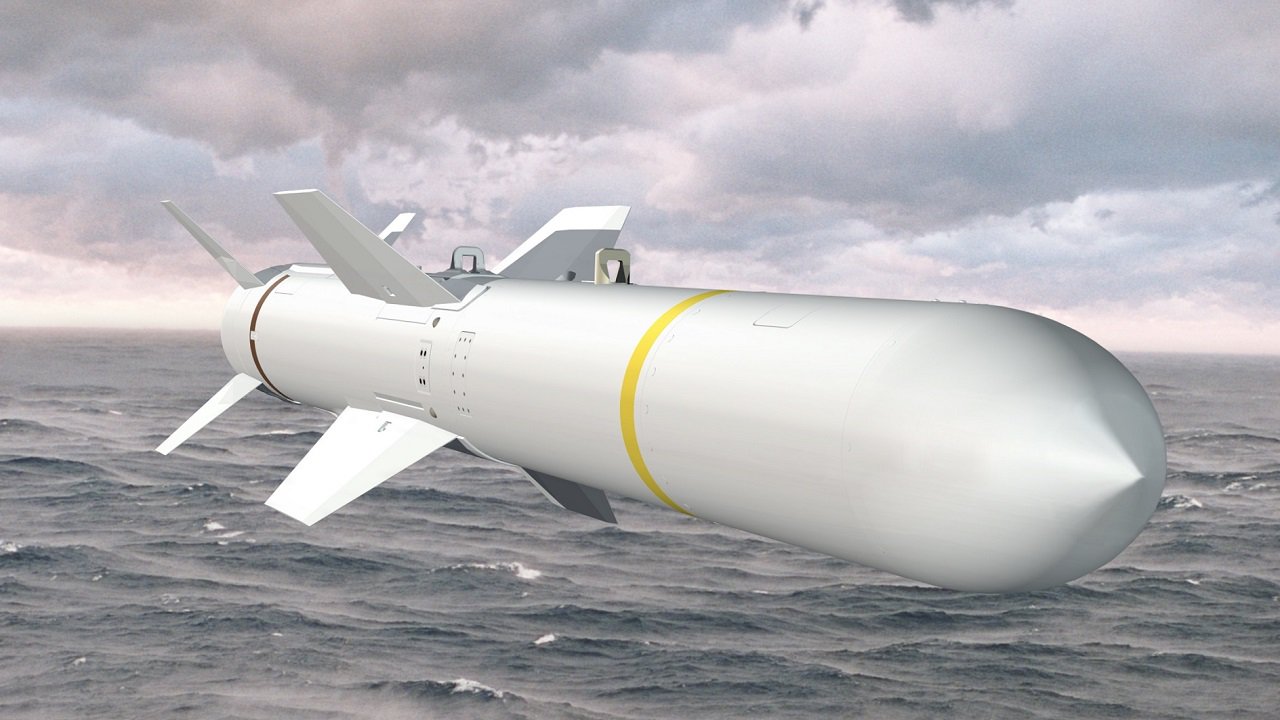

“This expands Harpoon’s capability to attack coastal, in harbor and land targets such as shore defense sites, sites, exposed aircraft, port/industrial facilities and ships in port,” reads a 1999 press release from Boeing on the sale of the system to the Danish Naval Material Command.
#HARPOON MISSILE UPGRADE#
The Danish military has used land-based RGM-84L-4 Harpoon Block IIs that are capable of not only hitting ships at sea, but also targets in port and on land with an upgrade from the Boeing Advanced Harpoon Weapon Control System, reported USNI News last month. Two land-based Neptune missiles, based on a modified Soviet-era copy of a Harpoon, were used to sink the Slava-class cruiser RTS Moskva (121) on April 13. “Together with our Neptunes, the Harpoons are already forcing the enemy fleet to keep the distance to avoid the fate of the Russian Black Sea Fleet flagship Moskva.” “Our coastal defense was strengthened by highly effective Harpoon complexes,” Reznikov said in a translation of a Thursday address. The new Harpoon costal defense battery joined the Ukrainian Navy’s domestically-produced Neptune anti-ship missiles. Ukrainian forces have deployed Harpoon anti-ship missiles to the Black Sea as a counter to Russian surface ships in the region, Minister of Defense Oleksii Reznikov said.ĭenmark provided the U.S.-built anti-ship missiles to Kyiv, the Pentagon announced last month.

Danish land-based Harpoon launcher in 2002.


 0 kommentar(er)
0 kommentar(er)
